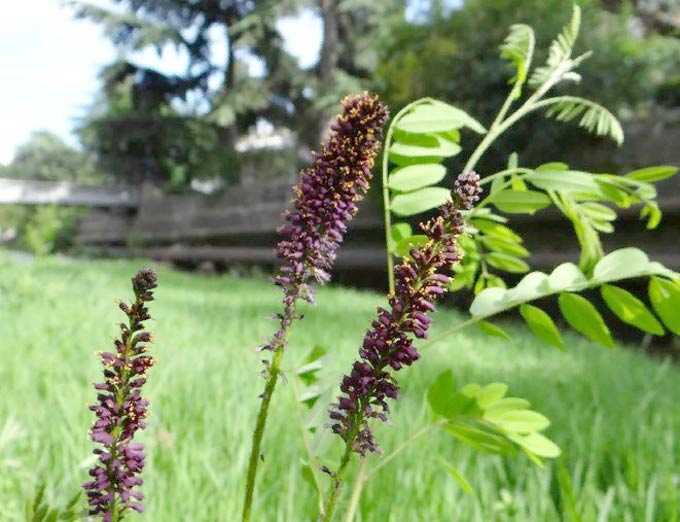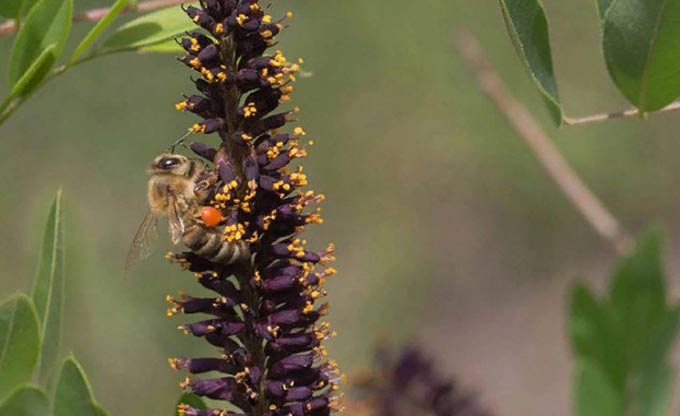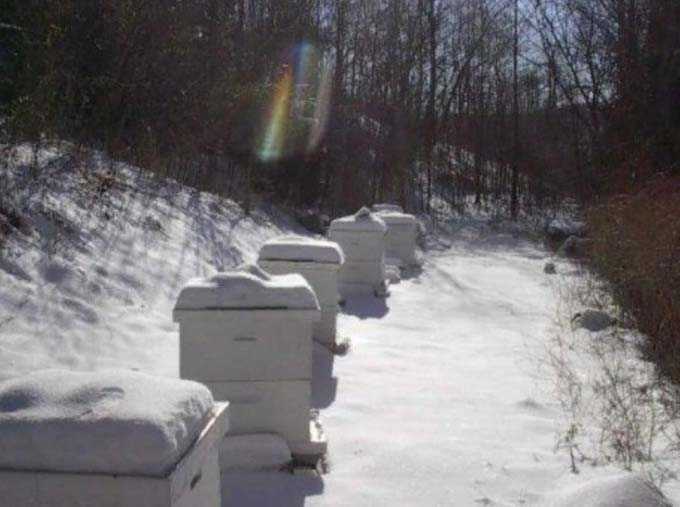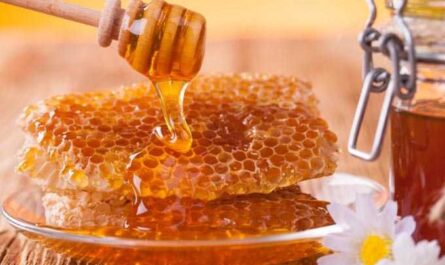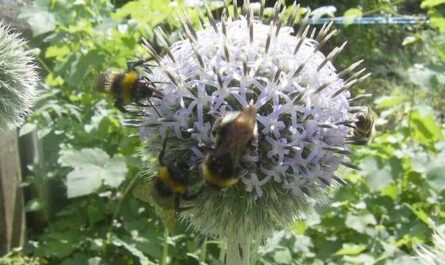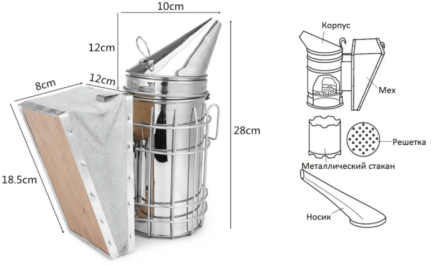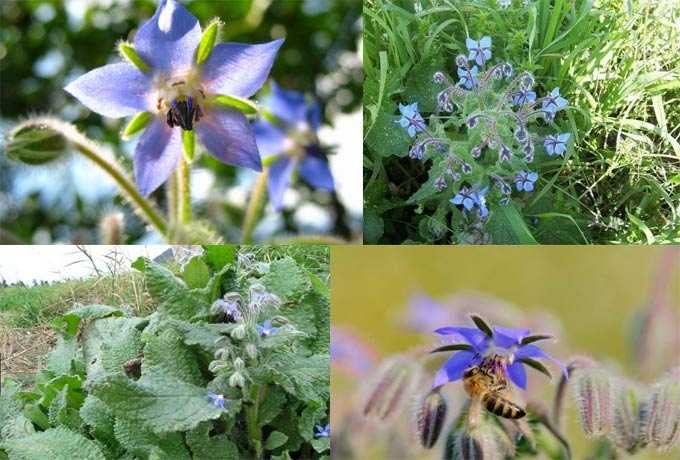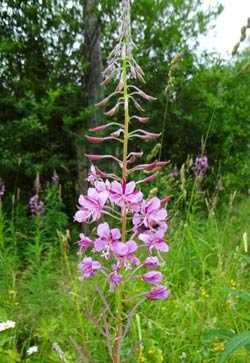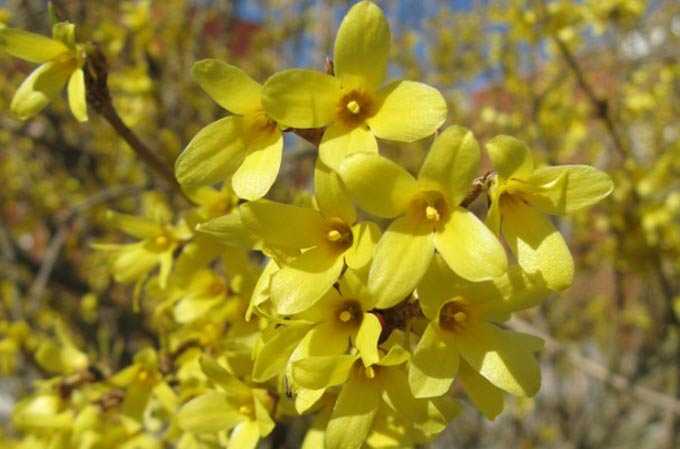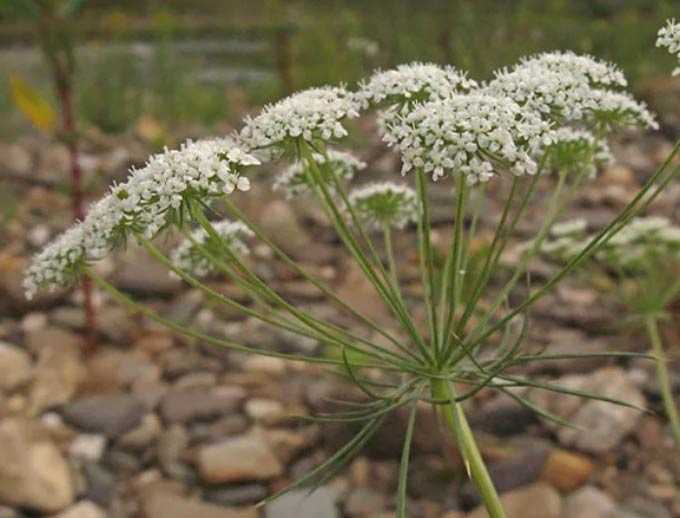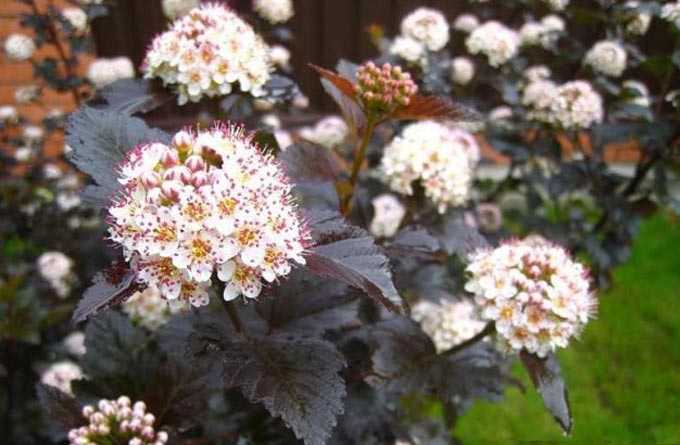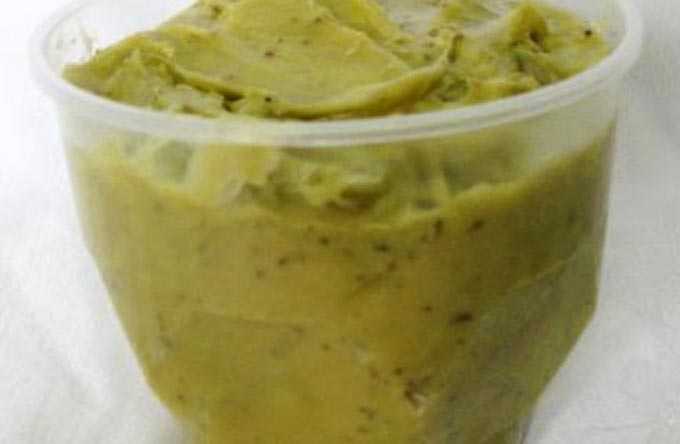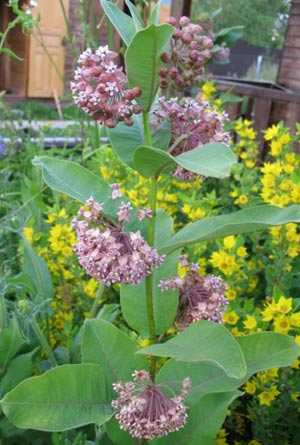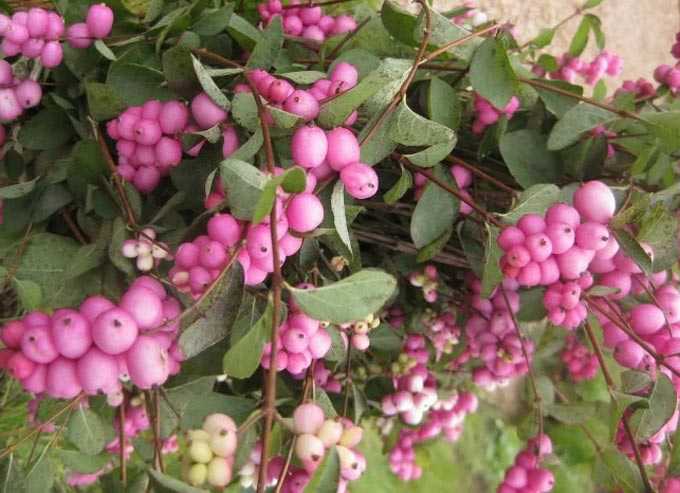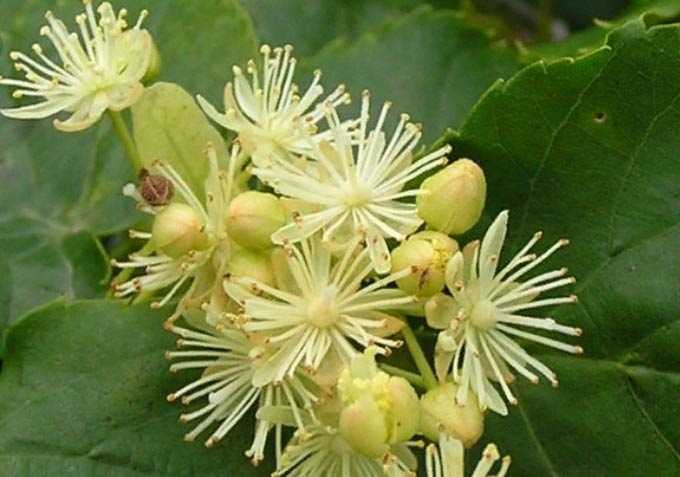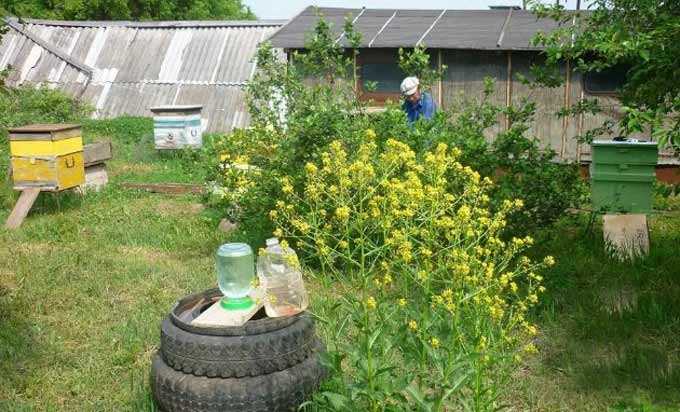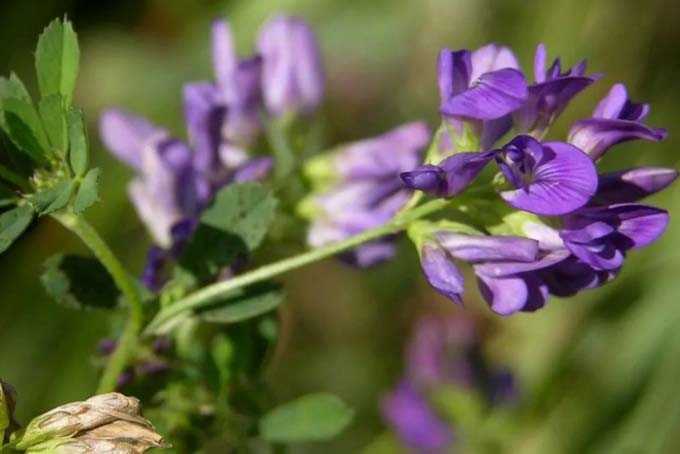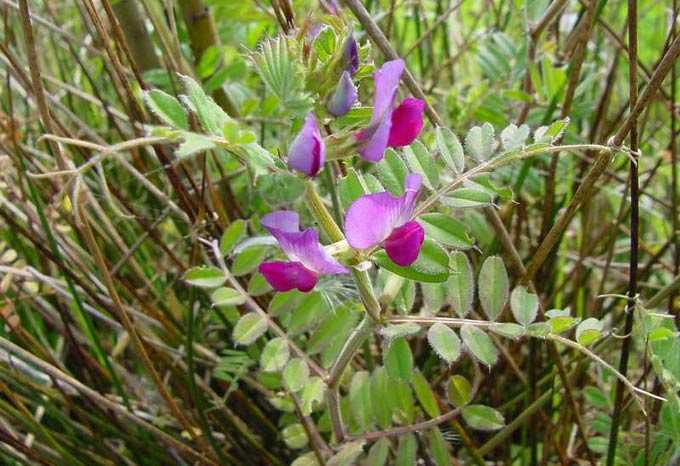The amorphous honey plant, belonging to the legume family, is an extremely unpretentious shrub plant native to North America to care for. It can be recommended for planting apiaries – such a hedge attracts bees, providing them with a supporting bribe at the beginning of summer.
The content of the article
- 1 Significance for agriculture
- 2 Description
- 3 Agrotechnics
- 4 Honey productivity
- 5 Useful Properties
Significance for agriculture
The shrub amorph has adapted well to the temperate European and Asian climates. Of course, its largest thickets are found in its homeland – northern Mexico, western Canada, and practically throughout the United States.
The shrub poses a certain danger to other plants – taking root in a new area, it quickly displaces the local flora from there.
Nevertheless, it is loved by gardeners for its spectacular appearance. Thanks to its beautiful inflorescences, the amorph is a real decoration of any landscape.
And the content of amorphine in the plant allows it to be used as a sedative and sedative. In particular, on its basis, the pharmaceutical preparation “Fruticin”, used in neurotic conditions, has been made.
For apiaries, the shrub is valuable as a melliferous plant that provides support for bribes. It is almost impossible to get commercial honey in significant quantities from it (there are separate messages on the forums when beekeepers pumped out a little honey immediately after the amorphous bloom).
Description
The honey plant is a tall shrub with an average height of 1 to 2 meters. There are six-meter amorphous bushes. Its numerous branches are covered with dark gray bark, and young shoots are covered with short hairs. Leaves are elliptical or ovoid with a short thorn.
Small purple flowers are collected in elongated candlesticks, crowning the tops of the branches. The structure of the flowers is sailing, but without the characteristic wings and boats. Anthers are bright orange.
Brushes bloom in May-June for up to 25 days. In the arid Russian south, flowers appear from late June to early July. Bean-shaped fruits form by September-October.
Agrotechnics
Amorph is extremely unpretentious to soil and growing conditions – it grows well on sandy loams and loams, takes root in the shade of large trees and does not freeze in winter (frost resistance in foreign sources is up to -20 degrees, in practice the bushes can withstand up to -30), does not dry out in hot summer.
In the Non-Black Earth Region, it can be safely planted at inconveniences, abandoned rocky areas near apiaries.
For all its unpretentiousness, the honey plant does not tolerate swampy soils. Waterlogging leads to root rot and death of the entire plant!
At the bottom of the planting pit 80 cm deep, you can lay a drainage layer of expanded clay or brick chips. Having placed the seedling inside, it is carefully sprinkled with soil mixed with humus, wood ash, a small amount of lime (no more than three handfuls per hole).
Young plantings are regularly loosened, weeds are removed in the holes.
Saplings are obtained from seeds that are sown in loose soil in the spring, after soaking them in warm water for 12-15 hours. To speed up pecking, the bed is covered with a film until sprouts appear. As soon as the sprouts gain strength, they are transplanted into separate pots, which are kept indoors until next spring.
Reproduction can also be done by cuttings cut in June and grown in pots, or by dividing strong bushes.
Honey productivity
Amorph as a honey plant can be grown in many regions of Russia: in the Kuban and Stavropol Territories, in the Astrakhan, Rostov, Volgograd regions. It shows itself well in arid climates on non-chernozem soils.
According to some information, from 50 to 100 kilograms of marketable honey is obtained from a hectare of solid bushes in the Black Earth Region.
It is not known how reliable such information is, because there is a minimum of information about the medical productivity of amorphs in open sources and in Russian-language reference books. But, according to reviews of members of the forum on thematic resources, the plant attracts bees no less than the white acacia.
The brought honey is noticeable in the newly built honeycomb in a pinkish (“peony”) shade. After evacuation, it does not crystallize for a long time. And the pollen from this plant is bright orange.
Monofloral honey can be obtained only when the apiary moves. With its stationary content, it is not necessary to count on a one-component product, even if there are many amorphous bushes growing nearby. In any case, this is a very rare type of honey.
Useful Properties
Honey obtained from amorphous flowers is useful:
- with tachycardia;
- with vegetative dystonia;
- in neuroses.
Outwardly, this variety can be used to rejuvenate and revitalize the skin. And inside it is used, including for the general strengthening of the body with vitamin deficiencies, frequent colds.
